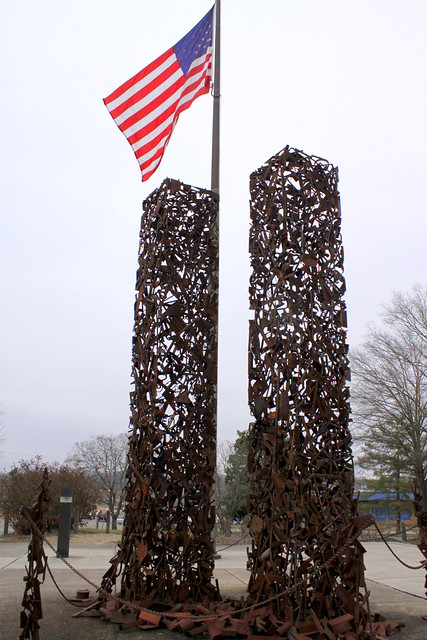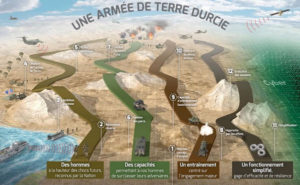Letter from La Vigie of 15 September 2021

Twenty years after (September 11)
Who remembers September 11? Far fewer people than one might think, even though it was the first event with immediate global resonance, a strategic victory for the aggressors. It marked a turning point for America, which is not as definitive as it is said to be; political Islam has emerged as central, though no one knows if it is really sustainable. Finally, September 11 marked the beginning of European disillusionment from which we have not emerged.
To read the article, click here
Land domain: what future?
The French Army has not necessarily been in the spotlight lately. According to its own words, it is preparing for increasingly tough wars and its increase in power, particularly in terms of capabilities, is consistent with its new doctrine. However, given the dangerous nature of the world, we will have to find reliable allies.
To read the article, click here
Lorgnette: War in Tigray
Since November 2020, war has been raging in northern Ethiopia. Ethiopian Prime Minister Abiy Ahmed, who received the Nobel Peace Prize in 2019 for his reconciliation with Eritrea, has embarked on a policy of centralising this federal country. He quickly wanted to bring Tigray, the northern province that had played a major political role in past decades, to heel: it was the Tigrayans who had brought down the regime of Mengistu (the Black Stalin), and had led the country since 1991.
A minority (7% of the 110 million people), they had allied themselves with the Oromo ethnic group but had to leave power three years ago because their management was considered too biased. Their successor, who appeared to be a man of compromise, was even more so when he launched hostilities last year. However, after initial setbacks, the Tigrayans regained the advantage and repelled both the Eritreans who were attacking in the north and the Ethiopian army coming from the south. Since then, they have allied themselves with other ethnic groups and the federal model is in danger of breaking up, while massacres and exactions are on the increase.
The second most populous country in Africa is risking its survival.
Subscribers: click directly on the links to read online or download the pdf issue (here), always with your login/password. New readers: read the article by issue, by clicking on each article (2.5 €), or subscribe (discovery subscription 17 €, annual subscription 70 €, orga. subscription 300 € HT): here, the different formulas.
Photo credit :SeeMidTN.com (aka Brent) on VisualHunt.com
